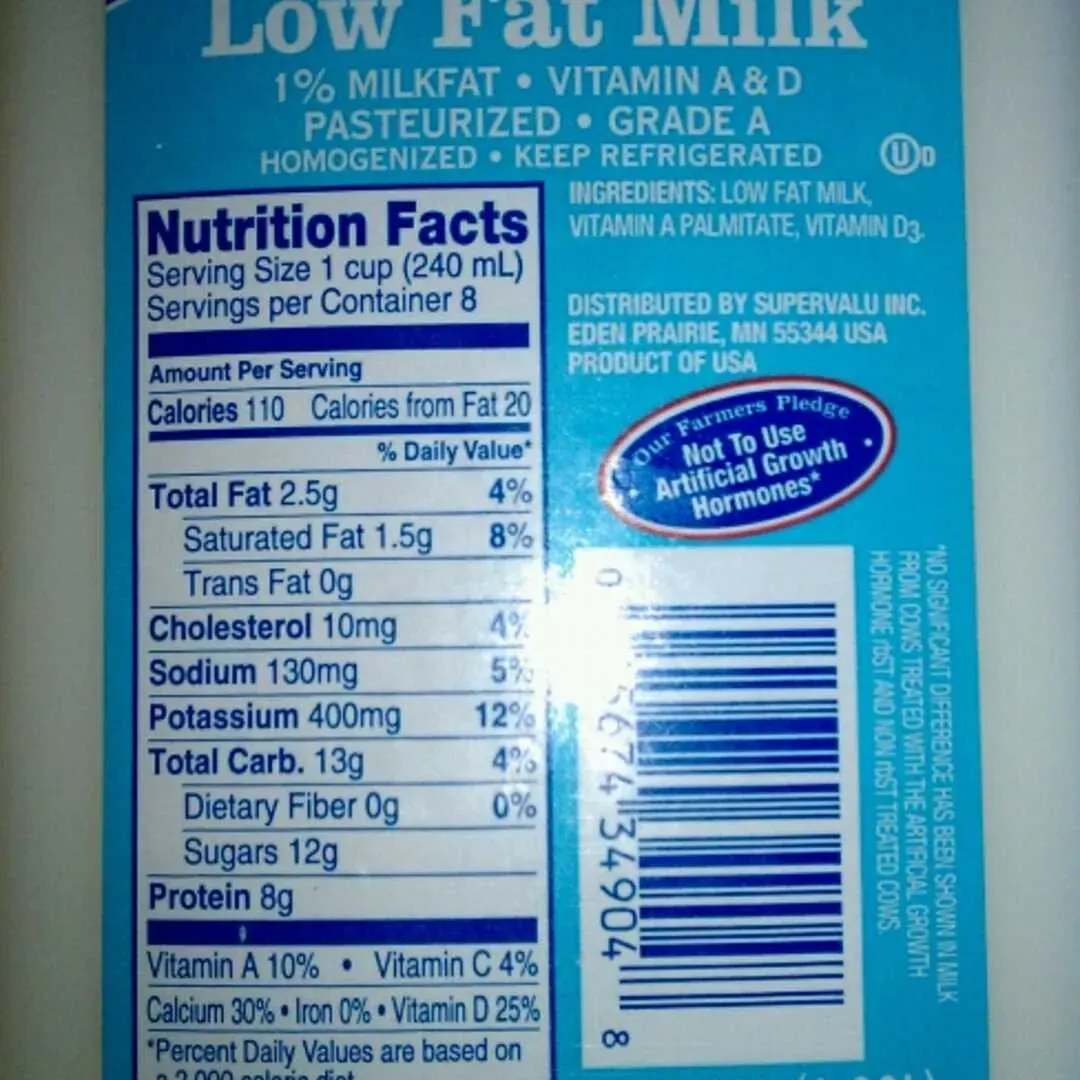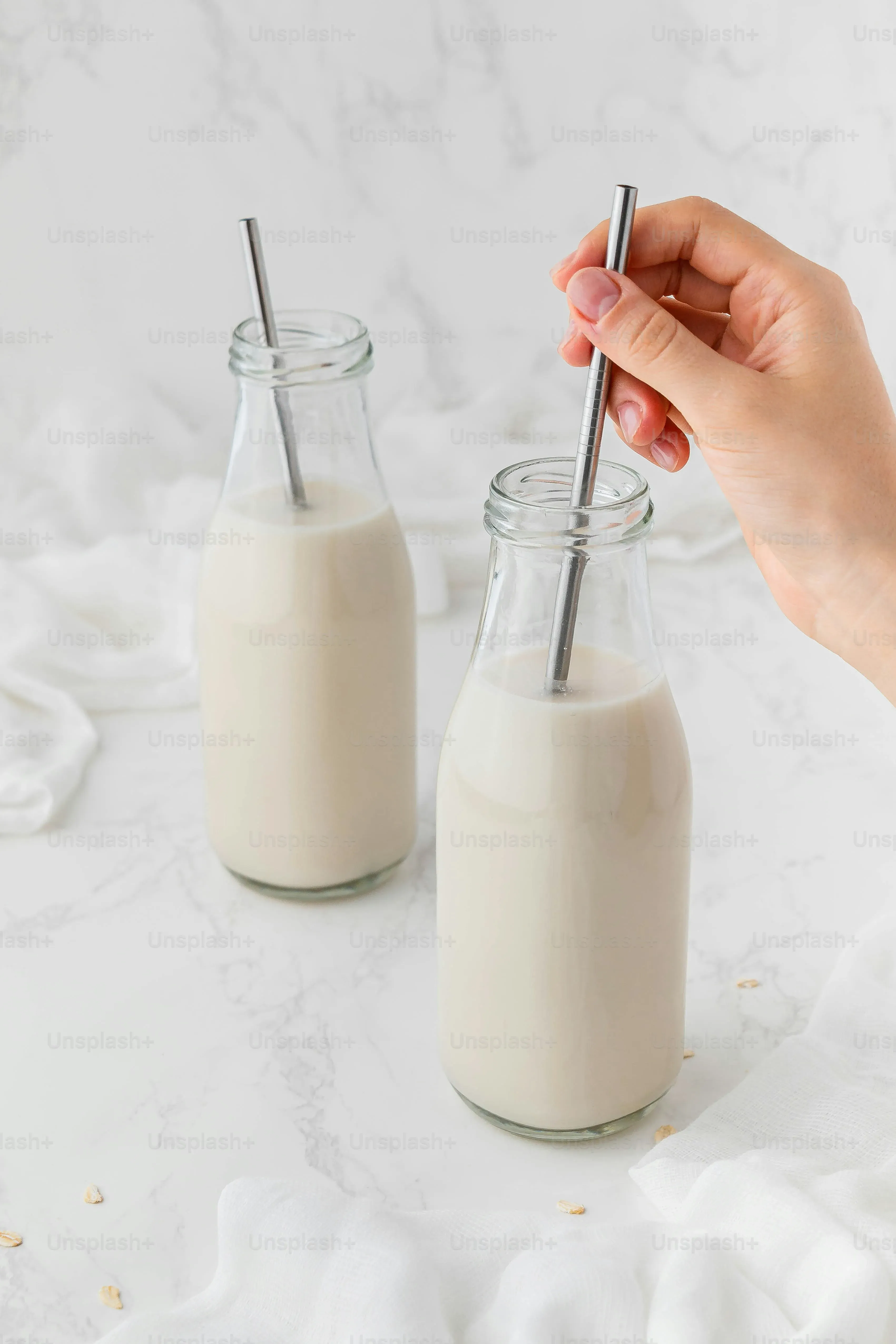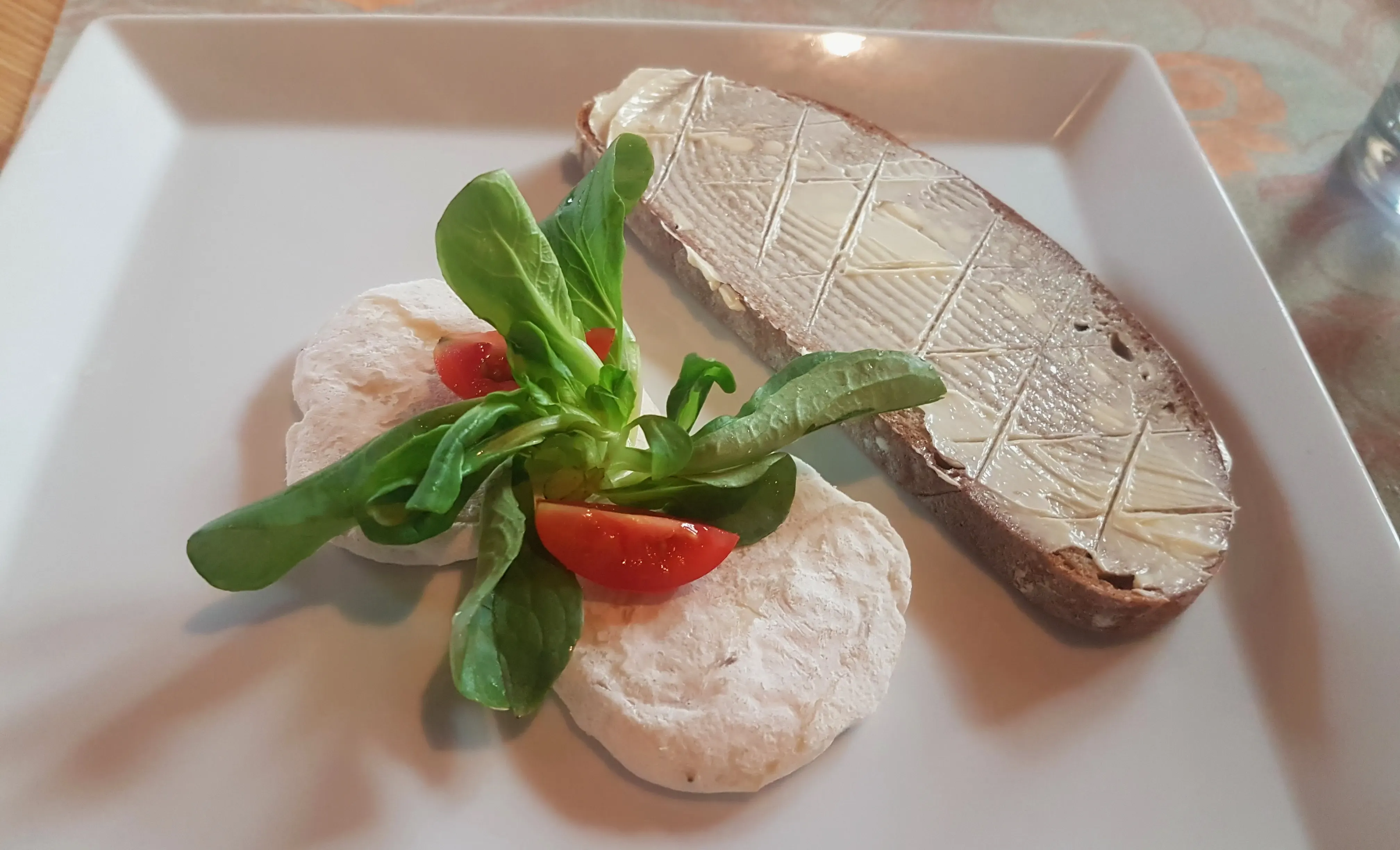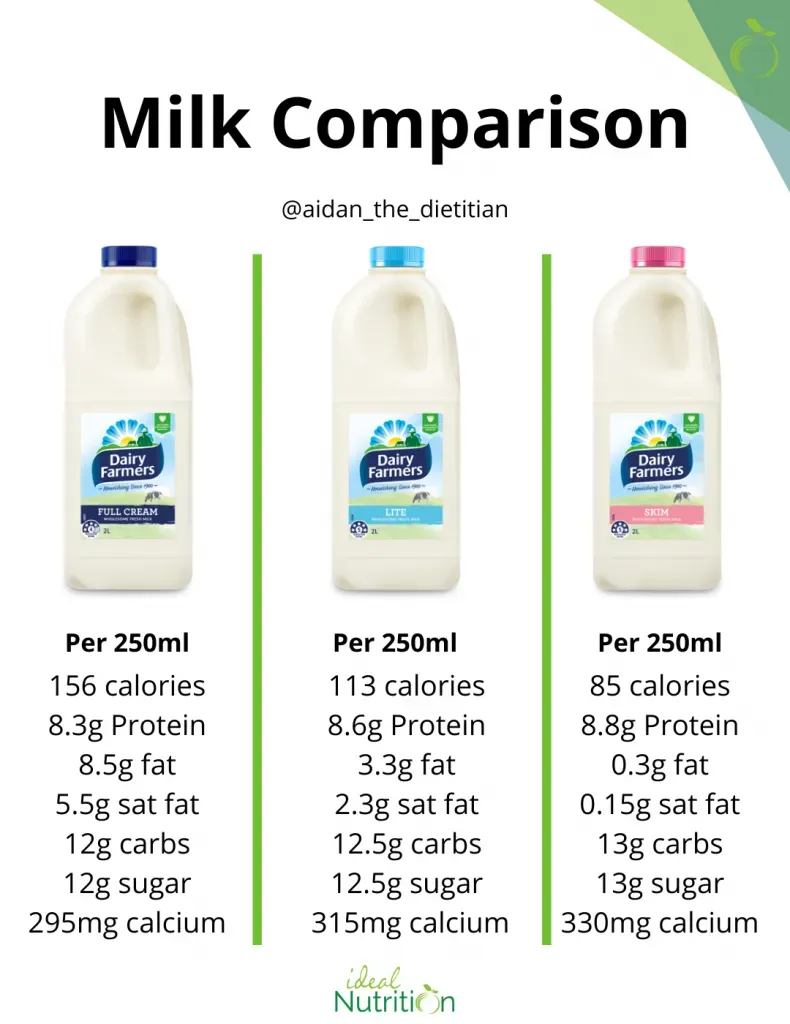Table of Contents
Let's be honest, navigating the dairy aisle can feel like a minor expedition. You've got whole milk, skim milk, 2%, and then this 1% stuff. Maybe you've heard milk is good for you, packed with protein, but you're trying to watch your fat intake. Does picking a lower-fat option mean you miss out on the good stuff? Specifically, how much protein are you actually getting in low fat milk? It's a fair question.
Understanding the Protein in Low Fat Milk

Understanding the Protein in Low Fat Milk
What's the Deal with Milk Protein Anyway?
let's talk brass tacks. When you pour a glass of milk, any milk, you're getting a solid dose of protein. It's not just some filler; this stuff is fundamental. Milk protein is high-quality, meaning it contains all the essential amino acids your body can't make on its own. Think of amino acids as the building blocks for muscle repair, growth, and pretty much every bodily function you can name. Without enough of these blocks, things start to crumble. So, getting a good source is non-negotiable, and milk has been a go-to for a long time for a reason.
Does "Low Fat" Mean Less Protein Punch?
Here's where some people get confused. They see "low fat" and assume everything good is stripped away. Thankfully, that's not the case when we talk about protein in low fat milk. The process of removing fat doesn't significantly impact the protein content. You're essentially taking out the fat calories while leaving the protein structure largely intact. So, that glass of 1% milk still delivers the same punch of muscle-building goodness as its full-fat cousin, just with fewer calories from fat. It’s a pretty neat trick if you ask me.
- Casein: The slow-digesting protein, great for sustained release.
- Whey: The fast-digesting protein, ideal for post-workout recovery.
- Both are present in low fat milk.
Breaking Down the Nutrition: Protein in Low Fat Milk and More

Breaking Down the Nutrition: Protein in Low Fat Milk and More
Breaking Down the Nutrition: Protein in Low Fat Milk and More
Alright, so you're asking about the nitty-gritty numbers for protein in low fat milk, specifically that 1% stuff. Let's look at a standard cup, about 8 ounces. You're typically getting around 8 grams of high-quality protein. That's a decent chunk, especially for just about 100 calories. Compare that to a full-fat cup which might have closer to 150 calories with similar protein, and you see the calorie-saving benefit right away. Beyond the protein, it's still a nutritional powerhouse. We're talking about a solid hit of calcium, usually around 300 milligrams, essential for bone health, obviously. Plus, it's often fortified with vitamins A and D, which are crucial for vision and helping your body absorb that calcium, respectively. It's a well-rounded package, not just a protein delivery system.
- Protein: ~8 grams
- Calories: ~100
- Total Fat: ~2.5 grams
- Calcium: ~300 mg
- Vitamin D: Often fortified
- Vitamin A: Often fortified
Why Choose Low Fat Milk for Your Protein Needs?

Why Choose Low Fat Milk for Your Protein Needs?
So, why specifically choose low fat milk when you're aiming to boost your protein intake? It boils down to efficiency and balance. You get that valuable protein – the stuff your muscles crave – without loading up on extra saturated fat and calories you might not want or need. Think about it: you get 8 grams of protein for roughly 100 calories in a cup of 1% milk. To get that same amount of protein from, say, a fatty cut of meat, you'd be consuming significantly more calories and fat. This makes low fat milk a smart play for anyone managing their calorie intake, whether you're trying to lose weight, maintain, or just eat a bit cleaner. It's also incredibly versatile, mixing easily into smoothies, oatmeal, or just enjoyed straight up. It’s a simple, accessible way to hit your protein targets throughout the day.
What's your go-to way to add a protein boost to your morning routine?
The Source Story: Getting Quality Protein in Low Fat Milk

The Source Story: Getting Quality Protein in Low Fat Milk
From Farm to Fridge: Where Your Milk Comes From
Ever stop to think about where that milk in your fridge actually starts its journey? For a lot of us, especially with brands like AE Dairy mentioned in the notes, it's coming from local spots, like family farms right there in Iowa. This isn't some anonymous mega-plant operation thousands of miles away. The connection to the source matters. When you know the milk is hours fresh from nearby farms, it gives you a different perspective on the quality. Happy, well-cared-for cows tend to produce good milk, and that milk is what carries the quality protein in low fat milk all the way to your table. It’s not just a commodity; it's a product with a story, and that story starts with the folks milking the cows and the land they graze on.
Beyond the Glass: Using Protein in Low Fat Milk in Your Diet
Smoothie Operator: Blending Your Protein Boost
Alright, so you've got this carton of low fat milk in your fridge, packed with protein. How do you actually *use* it beyond just pouring a glass with dinner? The easiest way, hands down, is the smoothie. It's the ultimate vehicle for getting that protein in low fat milk into your system without much fuss. Toss in some fruit, maybe a handful of spinach (you won't taste it, promise), a scoop of peanut butter if you're feeling wild, and the milk. Blend it up, and you've got a quick, portable, protein-rich meal or snack. It’s way better than skipping breakfast or grabbing something less nutritious on the fly. Plus, the milk gives it that creamy texture you just don't get with water or juice.
Think about your mornings. Are you rushing out the door with just a piece of toast? Adding a quick smoothie with low fat milk can seriously upgrade your nutritional game without adding a ton of extra fat. It's a simple habit change that pays dividends, especially if you're trying to keep your energy levels steady or support muscle recovery from a workout.
Cooking and Baking with Low Fat Milk Protein
But it's not just about drinking it straight or blending it. That protein in low fat milk is also a fantastic ingredient for cooking and baking. Use it in your morning oatmeal instead of water for a richer, more protein-packed bowl. Whisk it into scrambled eggs or omelets for added fluffiness and nutritional value. Making a creamy soup or sauce? Swap out heavier creams for low fat milk to cut calories and fat while still getting that desired texture and a protein bump. It works great in pancakes, muffins, even some savory dishes. It’s a versatile ingredient that allows you to sneak in quality protein throughout your day without making drastic changes to your favorite recipes.
Here are a few simple ways to incorporate low fat milk:
- Add to coffee or tea as a creamer.
- Use in place of water when making hot cereals like oatmeal or cream of wheat.
- Mix into mashed potatoes for creaminess.
- Create lighter cream sauces for pasta or vegetables.
- Use in baking recipes like muffins, breads, or cakes.
The Final Pour on Protein in Low Fat Milk
So, there you have it. When you grab that carton of 1% low fat milk, you're not just getting white liquid; you're getting a decent hit of protein along with calcium and vitamins, minus a significant chunk of the fat. It’s a straightforward, no-nonsense way to support muscle maintenance or just add some nutritional heft to your day. No need for exotic powders or complicated shakes if you don't want them. Just pour it, drink it, or mix it into your morning routine. It's a simple choice that delivers on its promise: accessible protein without the fuss.
